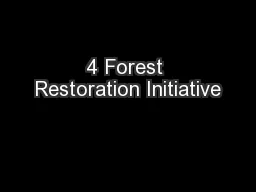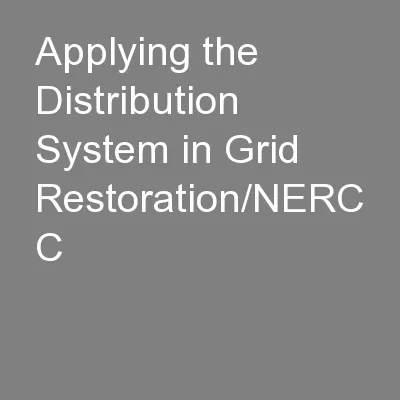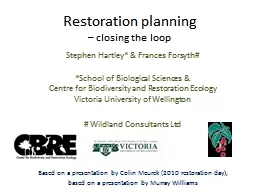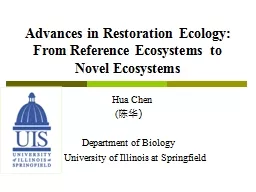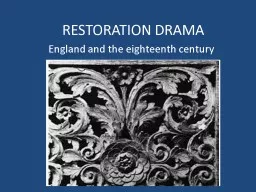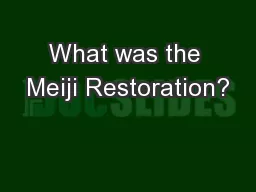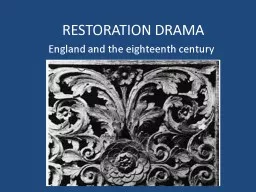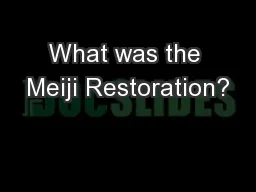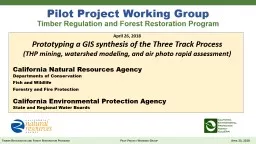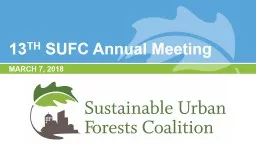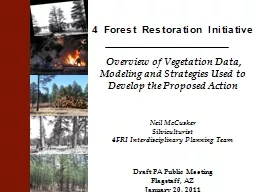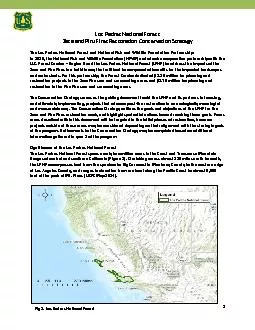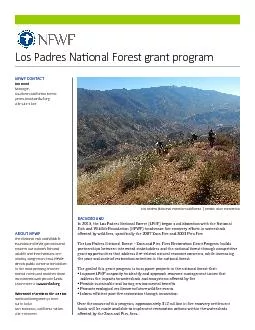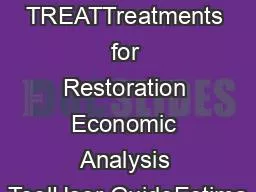PPT-4 Forest Restoration Initiative
Author : conchita-marotz | Published Date : 2016-04-22
Overview of Vegetation Data Modeling and Strategies Used to Develop the Proposed Action Neil McCusker Silviculturist 4FRI Interdisciplinary Planning Team Draft
Presentation Embed Code
Download Presentation
Download Presentation The PPT/PDF document "4 Forest Restoration Initiative" is the property of its rightful owner. Permission is granted to download and print the materials on this website for personal, non-commercial use only, and to display it on your personal computer provided you do not modify the materials and that you retain all copyright notices contained in the materials. By downloading content from our website, you accept the terms of this agreement.
4 Forest Restoration Initiative: Transcript
Download Rules Of Document
"4 Forest Restoration Initiative"The content belongs to its owner. You may download and print it for personal use, without modification, and keep all copyright notices. By downloading, you agree to these terms.
Related Documents

